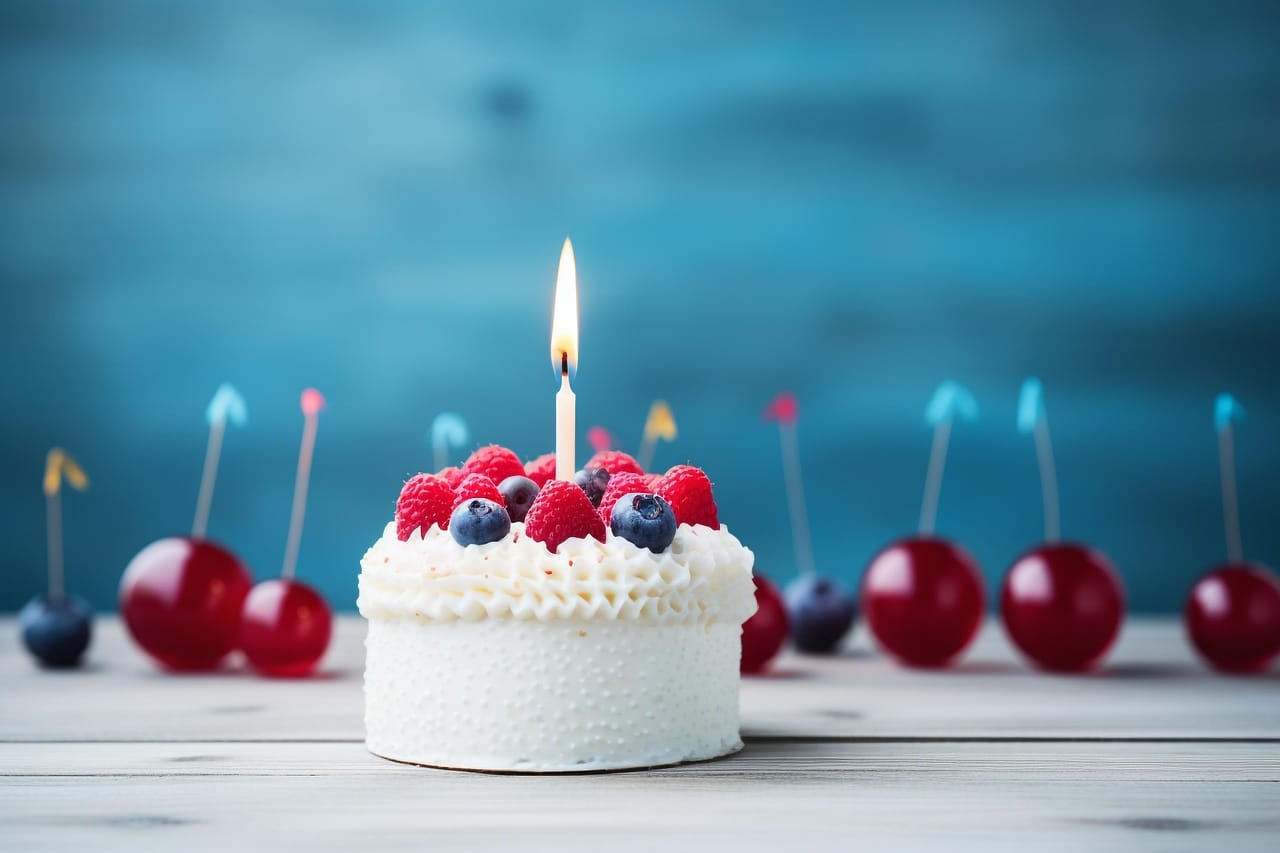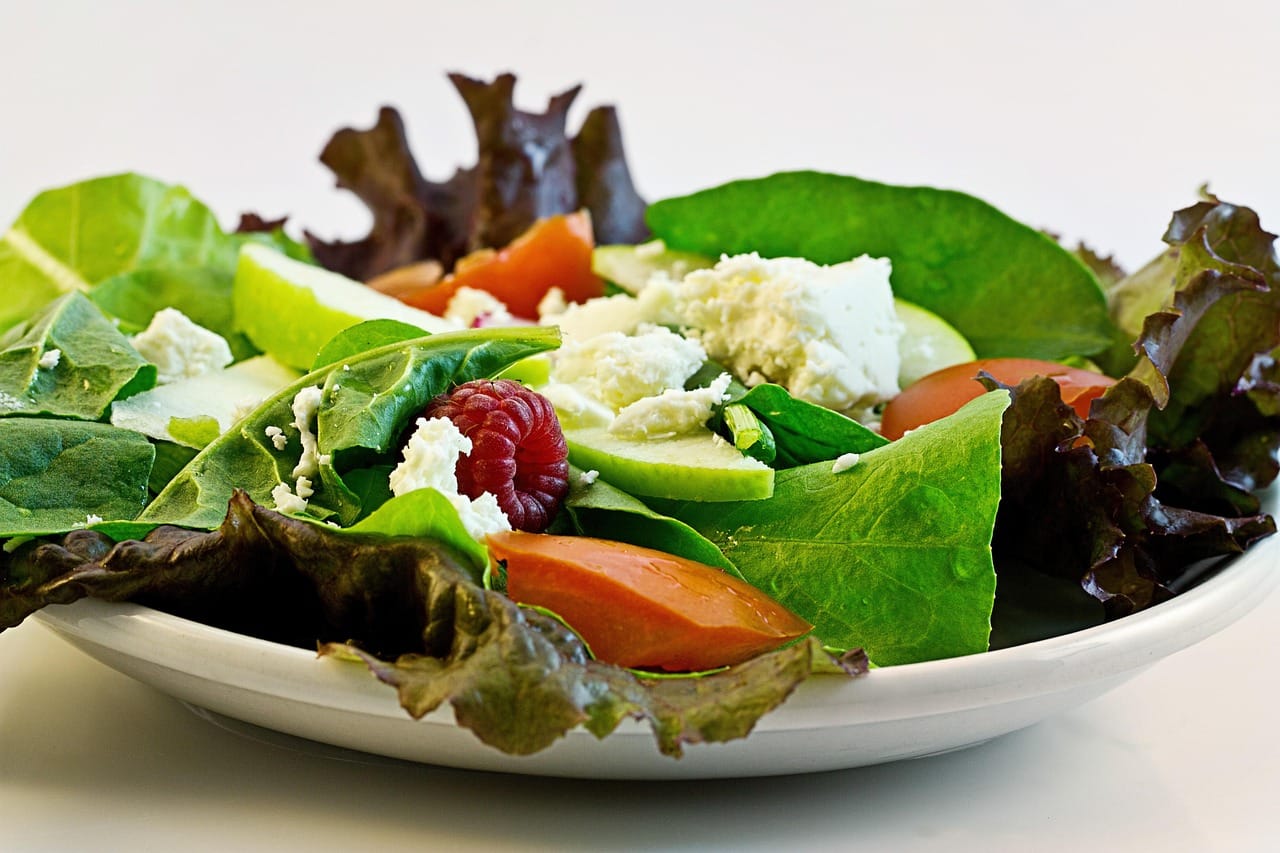That satisfying crack of the caramelized sugar, the creamy custard underneath – few desserts evoke such a sense of simple elegance as crème brûlée. This classic French treat, meaning “burnt cream,” is more than just a dessert; it’s an experience. From its humble origins to its modern-day popularity, let’s delve into everything you need to know about crème brûlée, from its history and ingredients to mastering the art of the perfect brûlée.
What is Crème Brûlée?
Definition and History
Crème brûlée is a rich custard base topped with a contrasting layer of hardened caramelized sugar. While the exact origin is debated, it’s generally considered a French dessert, with versions existing in English (burnt cream) and Spanish (crema catalana) cuisines.
- The earliest known recipe appears in François Massialot’s 1691 cookbook, “Le Cuisinier Royal et Bourgeois.”
- Popularity surged in the 1980s and 90s, cementing its place on dessert menus worldwide.
- While similar desserts exist, crème brûlée is distinguished by its smooth custard made with cream, egg yolks, sugar, and vanilla.
Key Ingredients
Understanding the role of each ingredient is crucial for achieving the perfect crème brûlée:
- Heavy Cream: Provides richness and velvety texture. Use a high-fat cream (at least 36%) for optimal results.
- Egg Yolks: Act as the thickening agent, creating the custard’s smooth consistency. The ratio of yolks to cream is crucial – too few, and the custard will be thin; too many, and it will be dense.
- Sugar: Sweetens the custard and caramelizes to form the signature brittle topping. Granulated sugar is most commonly used.
- Vanilla: Infuses the custard with a delicate aroma and flavor. Vanilla extract, vanilla bean paste, or a split vanilla bean can be used.
- Sugar for Brûléeing: Fine granulated sugar, turbinado sugar, or even a coarser sugar like Demerara can be used, depending on the desired texture and color of the caramelized topping.
Flavor Variations
While classic vanilla crème brûlée is a timeless favorite, the possibilities for flavor variations are endless. Here are a few ideas:
- Chocolate Crème Brûlée: Add melted dark chocolate or cocoa powder to the custard base.
- Lavender Crème Brûlée: Infuse the cream with dried lavender buds during the heating process.
- Citrus Crème Brûlée: Add citrus zest (lemon, orange, or lime) to the custard.
- Coffee Crème Brûlée: Infuse the cream with coffee beans or add instant espresso powder to the custard.
- Spiced Crème Brûlée: Add spices like cinnamon, cardamom, or nutmeg to the custard.
Mastering the Crème Brûlée Technique
Essential Equipment
Having the right tools will significantly impact your success when making crème brûlée:
- Ramekins: Shallow, oven-safe dishes are essential. 4-6 ounce ramekins are a common size.
- Bain-Marie (Water Bath): A larger baking pan to hold the ramekins, filled with hot water. This ensures even cooking and prevents the custard from curdling.
- Torch or Broiler: A kitchen torch is ideal for caramelizing the sugar topping. Alternatively, you can use your oven’s broiler, but watch carefully to avoid burning.
- Fine-Mesh Sieve: For straining the custard mixture, ensuring a silky smooth texture.
- Candy Thermometer: While not strictly necessary, a candy thermometer can help monitor the cream’s temperature during infusion, especially when adding flavors.
Step-by-Step Instructions
Here’s a detailed guide to making classic vanilla crème brûlée:
- Preheat your oven to 325°F (160°C). Prepare a bain-marie by placing a kitchen towel on the bottom of a large baking pan.
- Heat the Cream and Vanilla: In a saucepan, combine heavy cream and a split vanilla bean (or vanilla extract). Heat over medium heat until just simmering. Remove from heat and let steep for 30 minutes to infuse the vanilla flavor (if using a vanilla bean). Remove the bean and scrape out the seeds back into the cream.
- Whisk the Egg Yolks and Sugar: In a bowl, whisk together egg yolks and sugar until pale and slightly thickened.
- Temper the Egg Yolks: Slowly drizzle the warm cream into the egg yolk mixture, whisking constantly to prevent the eggs from scrambling. This process is called tempering.
- Strain the Custard: Pour the custard mixture through a fine-mesh sieve into a pitcher. This removes any cooked egg particles, resulting in a smoother custard.
- Pour into Ramekins: Pour the custard evenly into the ramekins.
- Bake in a Bain-Marie: Place the ramekins in the prepared bain-marie. Add hot water to the baking pan until it reaches about halfway up the sides of the ramekins.
- Bake for 40-50 minutes, or until the custards are set around the edges but still slightly wobbly in the center.
- Cool and Chill: Remove the ramekins from the bain-marie and let them cool to room temperature. Then, cover them with plastic wrap and refrigerate for at least 4 hours, or preferably overnight.
- Brûlée the Sugar: Just before serving, sprinkle a thin, even layer of granulated sugar over the top of each custard. Use a kitchen torch to caramelize the sugar, moving the flame in a circular motion until golden brown and bubbly. Alternatively, place the ramekins under the broiler for a few minutes, watching carefully to prevent burning.
- Let the sugar cool and harden for a minute or two before serving. Enjoy the satisfying crack and creamy custard!
Common Mistakes and Troubleshooting
- Curdled Custard: Overcooking the custard or adding the hot cream to the egg yolks too quickly can cause it to curdle. Use a bain-marie and temper the egg yolks properly.
- Thin Custard: Not enough egg yolks or underbaking the custard can result in a thin consistency. Ensure accurate measurements and bake until just set.
- Burnt Sugar: Holding the torch in one spot for too long or using too high a heat can burn the sugar. Keep the torch moving and use a low, steady flame.
- Soggy Topping: Brûléeing the sugar too far in advance will result in a soggy topping. Brûlée just before serving.
Tips for the Perfect Crème Brûlée
Achieving the Right Texture
The ideal crème brûlée boasts a silky smooth, creamy custard with a perfectly set but slightly wobbly center. Here’s how to achieve it:
- Use High-Quality Ingredients: Start with fresh, high-fat heavy cream and fresh eggs for the best flavor and texture.
- Accurate Measurements: Follow the recipe precisely, especially regarding the ratio of cream to egg yolks.
- Gentle Cooking: The bain-marie ensures gentle, even cooking, preventing the custard from curdling or overcooking.
- Don’t Overbake: Bake until the custard is set around the edges but still slightly wobbly in the center. It will continue to set as it cools.
- Proper Chilling: Chill the custards thoroughly (at least 4 hours, preferably overnight) to allow them to fully set and develop their flavor.
Brûléeing Techniques
The caramelized sugar topping is what sets crème brûlée apart. Here are some tips for achieving the perfect brûlée:
- Use Fine Granulated Sugar: Fine sugar melts more evenly and creates a smoother, more consistent caramelization.
- Apply an Even Layer: Sprinkle a thin, even layer of sugar over the custard surface. Too much sugar will result in a thick, hard layer.
- Keep the Torch Moving: Use a kitchen torch with a steady flame and keep it moving in a circular motion to ensure even caramelization. Avoid holding the torch in one spot for too long, as this can burn the sugar.
- Work Quickly: The sugar should melt and caramelize quickly, forming a thin, brittle crust.
- Don’t Be Afraid to Re-Brûlée: If you miss a spot, don’t hesitate to add a little more sugar and re-brûlée.
- Serve Immediately: The caramelized sugar topping is best when fresh and crisp. Serve the crème brûlée immediately after brûléeing.
Serving and Presentation
Crème brûlée is a dessert that’s meant to be savored. Here are some tips for serving and presenting it beautifully:
- Serve Chilled: The custard should be cold and creamy, providing a delightful contrast to the warm, crisp topping.
- Garnish Simply: A few fresh berries (raspberries, strawberries, or blueberries) or a sprig of mint can add a touch of elegance to the presentation.
- Offer a Small Spoon: Provide a small spoon so guests can break through the caramelized sugar crust and enjoy the custard in each bite.
- Consider Individual Portions: Serving crème brûlée in individual ramekins is the most common and elegant way to present it.
Conclusion
Crème brûlée, with its creamy custard and crackling sugar crust, is a dessert that embodies both simplicity and sophistication. By understanding the key ingredients, mastering the technique, and following these tips, you can create a truly memorable dessert that will impress your friends and family. So, grab your ramekins, heat up the cream, and prepare to indulge in the delightful experience of crème brûlée.




